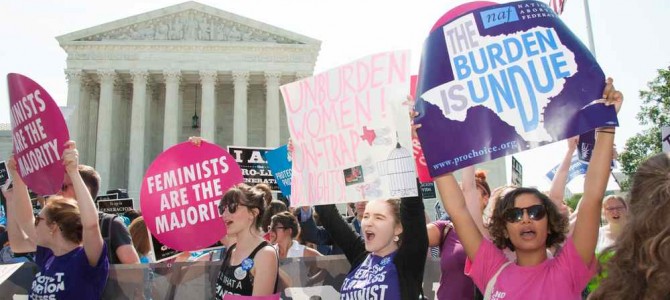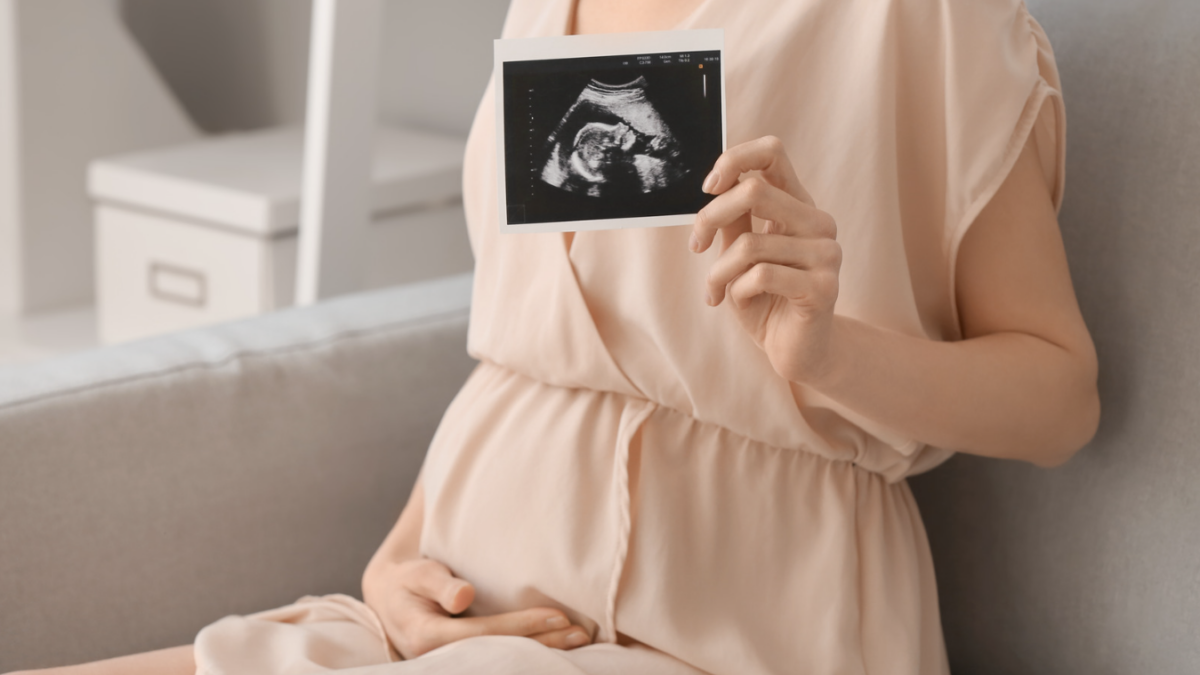
This week, five justices on the Supreme Court announced they have every intention of continuing to legislate from the bench about important social issues, especially abortion. Ditching separation of powers in favor of designating themselves as the one-stop-shop for abortion rules, they also proved they take their political cues from the abortion industry.
The result of their controversial decision to strike down duly enacted health and safety standards for abortion clinics is clearly a lowered standard of care for women seeking abortions in Texas. What remains to be seen is how the court’s most recent iteration of its already muddled “undue burden” standards impacts the ability of all 50 states to enact and enforce medically appropriate health and safety requirements.
The court’s opinion in Whole Women’s Health v. Hellerstedt troublingly suggests that any language from its prior cases indicating states can regulate abortion to best protect maternal health are merely “feel-good” statements. The real sham against women is the court’s false promises of protection.
‘Undue Burden’ Is Whatever We Think It Is
While the court recites language from the 1973 case Roe v. Wade that states have a legitimate interest “in seeing to it that abortion, like any other medical procedure, is performed under circumstances that insure maximum safety for the patient,” it quickly caveats that “maximum safety” guarantee with a big “but”: its 1992 plurality decision in Planned Parenthood v. Casey. In Casey, the Supreme Court held that laws that admittedly further the states’ valid interest—the legitimate end of maximum patient safety—may be deemed unconstitutional if the court decides the law imposes an “undue burden” or in other words “has the effect of placing a substantial obstacle in the path of the woman’s choice.”
This unique-to-abortion “undue burden” standard the court created in Casey has been rightly criticized since its inception. Justice Antonin Scalia’s dissent in Casey shrewdly foreshadowed that “the joint opinion’s verbal shell game will conceal raw judicial policy choices concerning what is ‘appropriate’ abortion legislation.”
This week’s opinion takes the “undue burden” language to new heights of malleability for courts to engage in future legislative power grabs. In dissent, Justice Clarence Thomas describes “[w]hatever scrutiny the majority applies to Texas’ law, it bears little resemblance to the undue-burden test the Court articulated in [Casey] and its successors.”
Significantly, the court retreated from the deferential standard it gave Congress in Gonzales v. Carhart: a 2007 opinion written by Justice Kennedy that upheld the federal ban on partial-birth abortion. It rejected the idea that it meant to put any constraints on its own policy-making, baldly stating that “[t]he statement that legislatures, and not courts, must resolve questions of medical uncertainty is also inconsistent with this Court’s case law.” In other words, the Supreme Court insists on remaining the National Abortion Control Board. It can and will substitute its preferred policy judgment whenever and however it wants.
Bad People Will Ignore Safety Laws, So Why Bother
The Hellerstedt decision was rife with the court’s substitution of its judgment for that of Texas policymakers. Contrary to the consistent testimony in the legislative record, the Supreme Court held there was a “virtual absence of any health benefit” for the health and safety laws.
The court also dangerously rested its “undue burden” judgment on whether an abortion regulation interferes with mere access to abortion clinics or threatens the number of clinics in the state. Notably, “fewer doctors, longer waiting times, and increased crowding”—the rationale the court offered Monday—are all true when predatory providers, such as convicted abortionist Kermit Gosnell, close. Clearly, shoddy, substandard, and incompetent abortionists provide mere “access” to abortion.
The court paid lip service to the problem of dangerous abortionists that the Gosnell trial highlighted. It acknowledged that “Gosnell’s behavior was terribly wrong.” However, it bizarrely concluded that “[d]etermined wrongdoers, already ignoring existing statutes and safety measures, are unlikely to be convinced to adopt safe practices by a new overlay of regulations.”
Deterrence is only one purpose of the law. Moreover, the argument that “bad people do bad things, therefore we cannot enhance our laws” is utterly absurd. It is hard to imagine the court would seriously consider such an argument against otherwise-permissible regulation of guns.
The court’s abortion distortion is, of course, not new. Monday’s decision, as Justice Thomas notes in dissent, “exemplifies the Court’s troubling tendency ‘to bend the rules when any effort to limit abortion, or even to speak in opposition to abortion, is at issue.’”
There is no perceptible silver lining to today’s decision, but the pro-life movement has always been resilient and resourceful. Despite today’s troublesome opinion, the pro-life community will remain committed to protecting the lives of both mothers and their babies.









